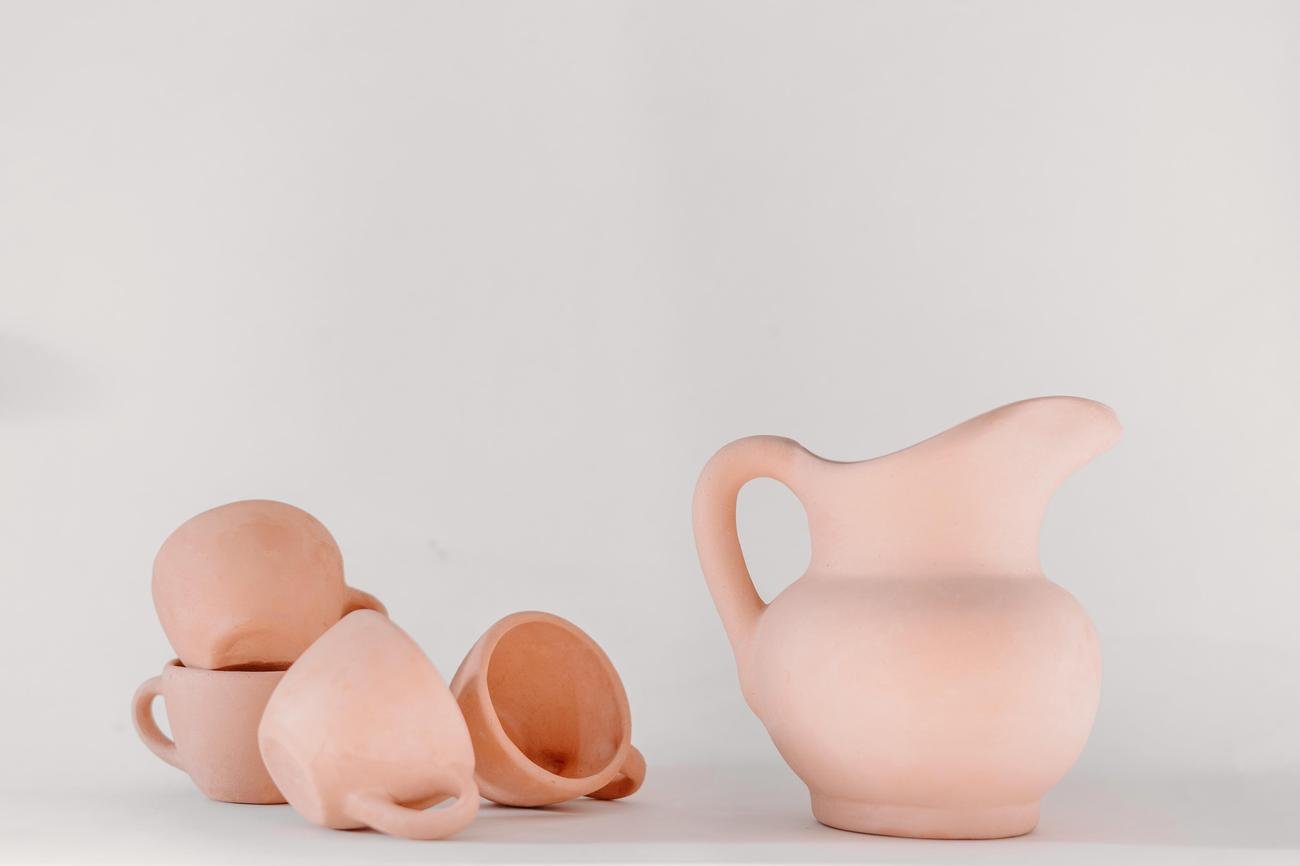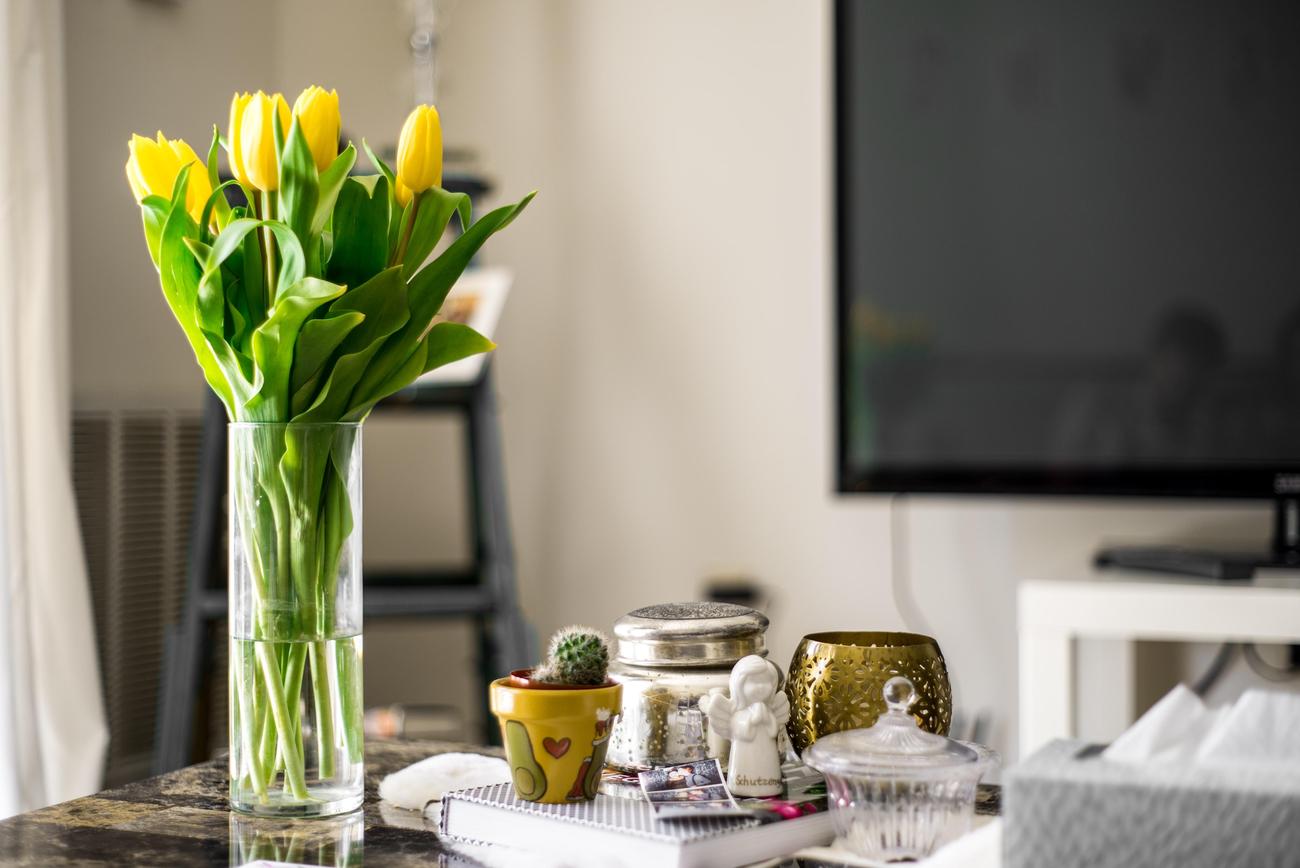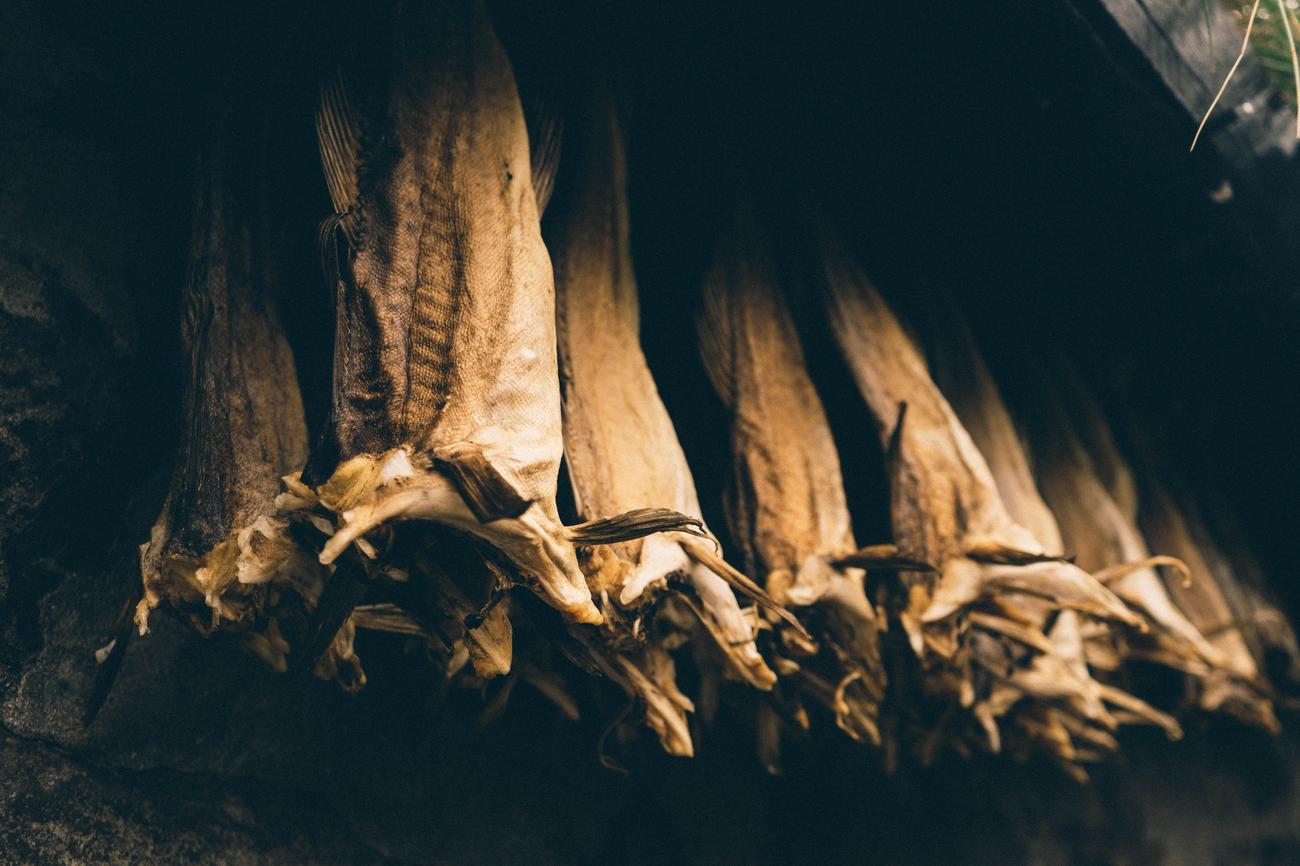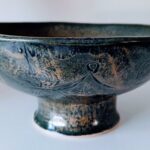Understanding Greenware: The Importance and Characteristics in Ceramics

As a seasoned ceramic artist with a deep understanding of pottery techniques, I am here to expertly guide you through the intricacies of greenware in ceramics. Whether you are a beginner or a seasoned pro, understanding what greenware is and its significance in the world of ceramics is crucial. Greenware, in essence, refers to unfired ceramic ware that is bone dry and ready to be bisque fired. This stage of the ceramics process is vital as it lays the foundation for the final piece, giving artists the freedom to shape, refine, and embellish their creations before the intense heat of the kiln transforms it into a durable work of art. Join me as we explore the production process, purpose, and unique characteristics that greenware brings to the art form, illuminating the path towards mastering this essential stage in ceramics.
What is Greenware in Ceramics?
Greenware in ceramics refers to the clay body after it has been formed into its desired shape but before it has been fired. It is the first stage of the pottery making process and is crucial for shaping and forming the clay into desired objects before firing. Greenware offers a plethora of possibilities for ceramic artists to explore their creativity and experiment with different techniques. Understanding the significance and characteristics of greenware is essential for any aspiring or seasoned ceramic artist.
The Stages of Greenware
Greenware consists of three stages: soft workable clay, leather hard clay, and bone dry clay. Let’s take a closer look at each stage.
- Soft Workable Clay: At this stage, the clay is malleable and pliable, allowing the artist to manipulate it easily. It is the perfect time to hand-build or throw on the pottery wheel to create the desired shape. Soft workable clay offers the artist a world of possibilities in terms of form and design.
“Soft workable clay is like a blank canvas, waiting to be transformed into a work of art.”
- Leather Hard Clay: As the clay begins to lose moisture, it enters the leather hard stage. At this point, it retains its shape, but is firm, durable, and less forgiving. It is an ideal stage for carving intricate details or adding handles and attachments to the piece. However, it requires careful handling to avoid cracking or damaging the clay.
“Working with leather hard clay is like sculpting with clay that has its own personality. It’s about finding the balance between control and allowing the clay to guide you.”
- Bone Dry Clay: In the final stage of greenware, the clay is completely devoid of moisture and is known as bone dry clay. It is extremely fragile and delicate, making it prone to breakage. Bone dry clay is ready for its first firing, the bisque firing. It is important to handle it with caution during this stage to preserve its integrity.
“Bone dry clay is like a fragile artwork waiting to be brought to life through the transformative process of firing.”
The Importance of Greenware in Ceramics
Greenware plays a pivotal role in the ceramics world. It allows artists to shape and form clay into their desired objects, giving life to their artistic vision. Moreover, it offers a unique opportunity for creativity and experimentation. Artists can explore various techniques, such as acid etching or carving intricate patterns, to add a personal touch to their greenware ceramics.
The drying stage of greenware is critical before firing. It requires a careful balance of air circulation and humidity to prevent cracking. Artists must be mindful of environmental factors, such as temperature and humidity levels, as they greatly impact the drying process.
“Drying greenware is like nurturing a delicate seedling. It requires patience, attention to detail, and a keen understanding of the environment.”
Once greenware has been fired, it cannot be reversed, making it a crucial stage in the ceramics process. The transformation that occurs during firing brings permanence to the artist’s creation, turning raw clay into a functional and aesthetically pleasing ceramic piece.
Conclusion
Greenware in ceramics is an essential stage in the pottery making process. It allows artists to shape and form clay into their desired objects before firing. Understanding the different stages of greenware, from soft workable clay to bone dry clay, is crucial for artists to navigate this transformative process successfully. Greenware offers artists the freedom to experiment with various techniques and unleash their creativity. It is a delicate and fleeting stage, requiring careful handling and attention to detail. So, embrace the artistry of greenware and let your imagination take flight in the world of ceramics.
Ceramics have fascinated humanity for centuries, and there’s no doubt that they hold an enchanting allure. If you’re eager to quench your thirst for knowledge about this ancient art form, then you’re in luck! We’ve compiled an intriguing assortment of facts about ceramics that will leave you in awe. From the rich cultural history behind these delicate creations to the intricate techniques used to mold them, our collection of ceramic facts is sure to captivate your imagination. So, why wait? Dive into the world of ceramics and explore the wonders that await you! Discover these fascinating facts about ceramics by clicking here: facts about ceramics.
Greenware, Bisqueware, Glazeware: Understanding the Differences
[youtube v=”MaZsSsbtMDw”]
In the world of ceramics, various stages and processes contribute to the creation of unique and beautiful pottery pieces. From shaping the clay to firing it in the kiln, each step plays a crucial role in transforming raw materials into functional ceramic art. One such process involves the different stages of clay known as greenware, bisqueware, and glazeware. In this article, we will explore the characteristics and distinctions of these three stages.
Greenware: Clay in Its Raw Form
Greenware refers to the clay body after it has been formed but before it has been fired. It represents a malleable and pliable state that allows for easy manipulation and shaping. Greenware consists of three stages: soft workable clay, leather hard clay, and bone dry clay.
Soft Workable Clay: The First Stage of Greenware
Soft workable clay is the initial stage of greenware. It is highly moldable and easy to work with. At this stage, artists and potters can freely shape and mold the clay, making it an ideal choice for hand-building techniques. The soft workable clay provides the foundation for the desired pottery piece.
“Soft workable clay offers endless possibilities for creativity and experimentation, allowing artists to bring their imagination to life.”
Leather Hard Clay: Firm and Durable
As the drying process progresses, the clay reaches the leather hard stage. Leather hard clay is firmer and more rigid than its soft counterpart. It is an excellent choice for adding intricate details, carving designs, and attaching handles or other embellishments. The clay becomes more durable and holds its shape during this stage.
“Leather hard clay provides artists the opportunity to add intricate details and create unique textures, enhancing the visual appeal of the final ceramic piece.”
Bone Dry Clay: Ready for Firing
The final stage of greenware is bone dry clay. At this point, the clay is completely devoid of moisture and ready for firing in the kiln. Bone dry clay is extremely fragile and requires careful handling to prevent cracking or breaking. It is important to monitor environmental conditions, such as humidity and temperature, to ensure the clay dries evenly.
“Bone dry clay signifies the readiness for the firing process, transforming the raw clay into a durable and aesthetically pleasing ceramic piece.”
The Role of Greenware in Pottery Making
Greenware plays a significant role in the pottery-making process as it allows artists to shape and form clay into desired objects. It provides opportunities for creativity and experimentation, enabling artists to explore different techniques and styles before firing. However, it is essential to note that greenware cannot be reversed once it goes through firing, making this stage crucial in the production of ceramics.
“Without greenware, the art of pottery would not have the flexibility and creative expression it possesses. It serves as the foundation for creating beautiful and functional ceramic pieces.”
Conclusion
Understanding the distinctions between greenware, bisqueware, and glazeware is essential for any ceramic artist or enthusiast. Greenware represents the initial stages of clay, offering flexibility and creative possibilities. With its three stages of soft workable clay, leather hard clay, and bone dry clay, artists can manipulate the material to bring their artistic vision to life. Greenware serves as the crucial foundation in the pottery-making process, shaping the final outcome of a ceramic piece.

FAQ
What is greenware in ceramics?
Greenware in ceramics refers to the clay body after it has been formed into its desired shape but before it has been fired. It is the first stage of the pottery making process and allows for shaping and forming of the clay into desired objects before firing.
What are the stages of greenware?
Greenware consists of three stages:
1. Soft workable clay: This is the stage when the clay is freshly formed and still pliable.
2. Leather hard clay: At this stage, the clay has stiffened but is still somewhat flexible. It is easier to add details or make modifications.
3. Bone dry clay: In this final stage, the clay is completely dry and has lost all moisture. It is very fragile and ready for firing.
How can greenware be decorated?
Greenware ceramics can be decorated through various techniques, such as acid etching. The surface of the greenware can also be textured, carved, or painted. However, glazing of greenware is done in the bisque firing stage, not in the greenware stage.
What precautions should be taken during drying greenware?
Drying greenware is a critical stage before firing and can be tricky to prevent cracking. It is important to dry the greenware slowly, evenly, and in a controlled environment to avoid uneven shrinkage and cracking. Covering the piece or using plastic to control the drying process is often recommended.
Can greenware be reused after firing?
Once greenware has been fired, it cannot be reversed. The firing process transforms the clay into ceramic, making it a permanent and non-pliable material. Therefore, greenware cannot be reused or reshaped after it has been fired.
- Mastering Leader in Spanish: The Complete Guide - April 19, 2025
- Uncovering Surprising Parallels: England Size Compared to US States - April 19, 2025
- Old Mexico Map: Border Shifts 1821-1857 - April 19, 2025
















